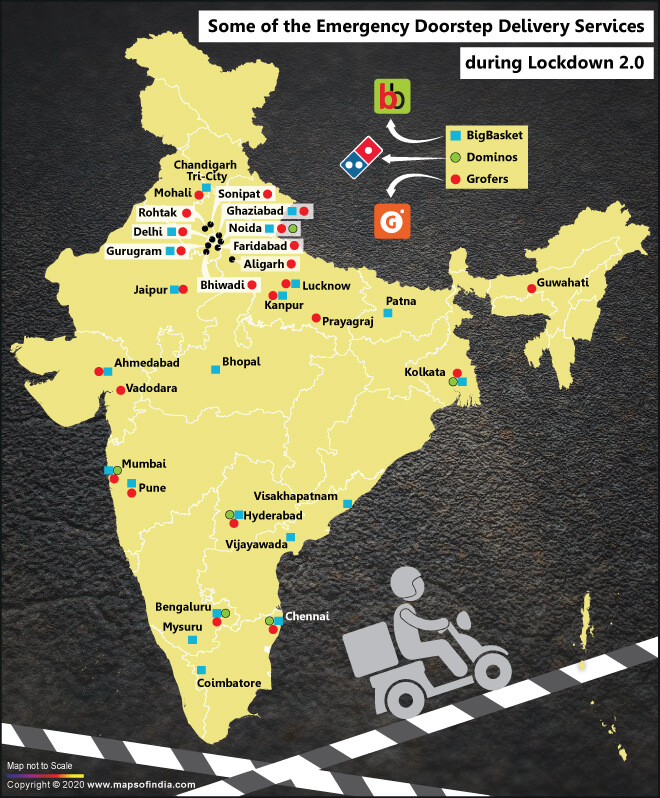India’s food delivery platforms have revolutionized restaurant access for urban customers, but friction over commissions, discounts and data control remains high.
How food delivery platforms have evolved in India
The food delivery sector in India has experienced tremendous growth, driven by a combustible mixture of increasing disposable incomes, saturated lifestyles, and a rising dependence on digitized answers. Leveraging this rapid expansion and demand, a few companies, including Swiggy and Zomato, helped connect millions of customers, even those from tier-2 and tier-3 cities to restaurants. To this end, over the past few years, these platforms have offered logistical support, and promotional and customer engagement tools to help restaurants expand their reach without making heavy infrastructure investments.
The thought was that as these platforms grew, they’d become less mercurial and more amenable to addressing social concerns. Today, they have premium memberships, loyalty programs and, in some cases, their cloud kitchens. But even as those changes have helped platforms grow, they have created complexities that have strained their partnerships with restaurant partners.
Key Points of Contention
-
High Commission Fees
The steep commission food delivery platforms demand is a major issue looming over restaurants. These fees typically range from 15% to 30% of the order amount and eat away at the thin profits restaurants operate on. For smaller operations and stand-alone restaurants, such fees are especially onerous and can make it hard to justify the partnership.
Many restaurateurs say these fees fail to account for their financial pressures, including soaring ingredient costs, rent, and labour. Delivery platforms maintain that those fees are necessary to enable them to pay for buyer-side logistics and marketing technology, but the inability of food delivery services to guarantee lower commissions has continued to grind on them.
-
Discounting Wars
Food delivery platforms often run promotions and discounts to attract customers. It’s popular with users, but it’s restaurants that absorb the cost. Restaurants often feel they don’t have a choice but to participate in such promotions if they want to remain visible and competitive on the platforms. But the discounts can erode the bottom line and cheapen the experience of eating out.
This issue is often exacerbated by aggressive discounting campaigns hosted by the platforms, frequently without adequate consultation from their restaurant partners. (This has given rise to accusations that platforms quite literally just want to be friends, but form friendships for customer acquisition rather than on sustainable partnerships.)
-
Control Over Customer Data
Data is the new oil in the digital economy, and food delivery platforms have a wealth of information on customer preferences, order history, and spending patterns. Most restaurants feel second-class and uninformed because they rarely give their partners detailed customer data.
Restaurants argue access to this data would tailor their offerings, increasing customer participation and building loyalty. Platforms, on the other hand, claim that customer data is proprietary and the foundation of their competitive advantage.
-
Cloud kitchens and the competition
The growth of cloud kitchens like delivery-only kitchens are often run by the platforms themselves, has provided another layer of complexity. These kitchens utilize customer data and market intelligence to curate extremely targeted food brands and challenge traditional restaurants using the very same channels.
Although cloud kitchens provide operational efficiencies, their proliferation has started to raise fairness concerns. Restaurants see this as platforms exploiting their dominant position to gain an unfair advantage — which creates a conflict of interest.
Restaurant Associations and Pushback
Various Indian restaurant associations, including the National Restaurant Association of India (NRAI), have over the years been calling out the practices of food delivery platforms. These associations have attempted to spotlight issues like deep discounting, data transparency and high commissions through protests and lobbying for regulatory intervention.
In dramatic cases, collective action has produced short-term solutions. Campaigns such as #Logout, for instance, included thousands of restaurants choosing to opt themselves off the platforms in bad faith of their less favourable terms. These movements have made people aware, but it has also shown the reliance that restaurants have on these aggregators to access a wider customer base.
The Role of Regulation
As the rift between restaurants and delivery platforms deepens, the clamour has grown louder about whether the industry needs some type of regulatory oversight. Policymakers are starting to wrestle with questions around issues like fair pricing, data sharing and platforms’ transparency in practices. All that means that any regulatory dance here would have to be a finely tuned jig to meet the needs of the many constituencies in the space, to enable innovation and growth while at the same time addressing concerns of regulators.
Rules of the kind could, for instance, enable the restaurants to learn more about their customers without compromising the competitive advantage which the platforms enjoy when it comes to data sharing, as stated by Porat. On the other hand, caps on commission fees or greater flexibility in pricing structures would alleviate some of the financial burdens on smaller establishments.
Potential Paths Forward
We must work together to solve these tensions between restaurants and food delivery platforms. But with great power comes great responsibility — here are some ways we can bridge the gap:
- Transparent Commission Structures: The sites could negotiate commission fees that make more sense for places that require smaller amounts of food per day.
- Shared Data Insights: A collaborative approach to data sharing could enable restaurants to personalize their offers to customers while still respecting their privacy.
- Regulated discounting practices: Authorities could ensure that discounting and promotional campaigns are mutually beneficial for platforms.
- Enhanced Communication Channels: Having regular dialogue between the platforms and restaurant associations can help address grievances and build trust.
- New Collaboration Approaches: Platforms and restaurants could test different types of partnership models, including co-branded offerings or revenue-sharing deals.
Conclusion
Restaurants and food delivery platforms in India find their relationship at a crossroads. Though they have undoubtedly reshaped food landscapes, their meteoric rise has also underscored those tensions. This is a paradigm shift — one that balances the needs of all constituencies.
And for restaurants in particular, better operations and less dependence on aggregators will be critical. And platforms themselves, gaining trust and a genuine investment in their partners’ success will be key to sustainable growth.
Only time will tell, but the meat and potatoes of India’s food delivery gastronomy lies in how both sides of the steakhouse deal with these obstacles that threaten to tarnish an otherwise juicy experience of feasting out.





